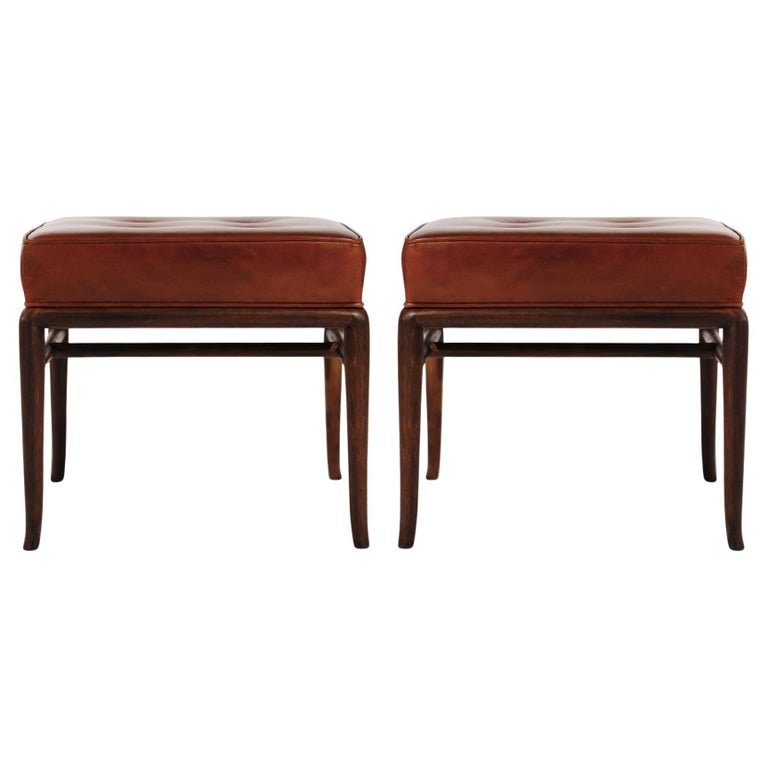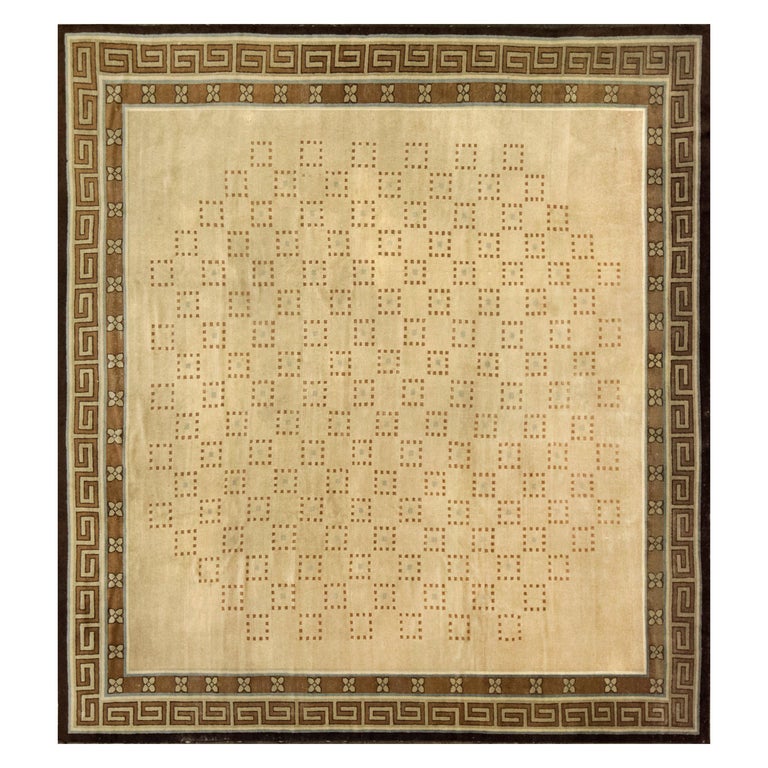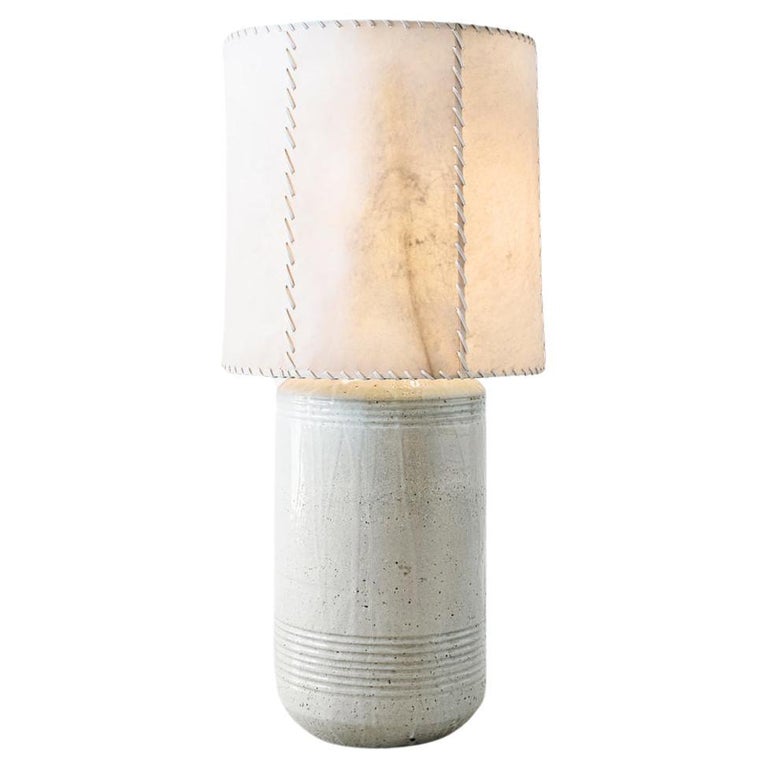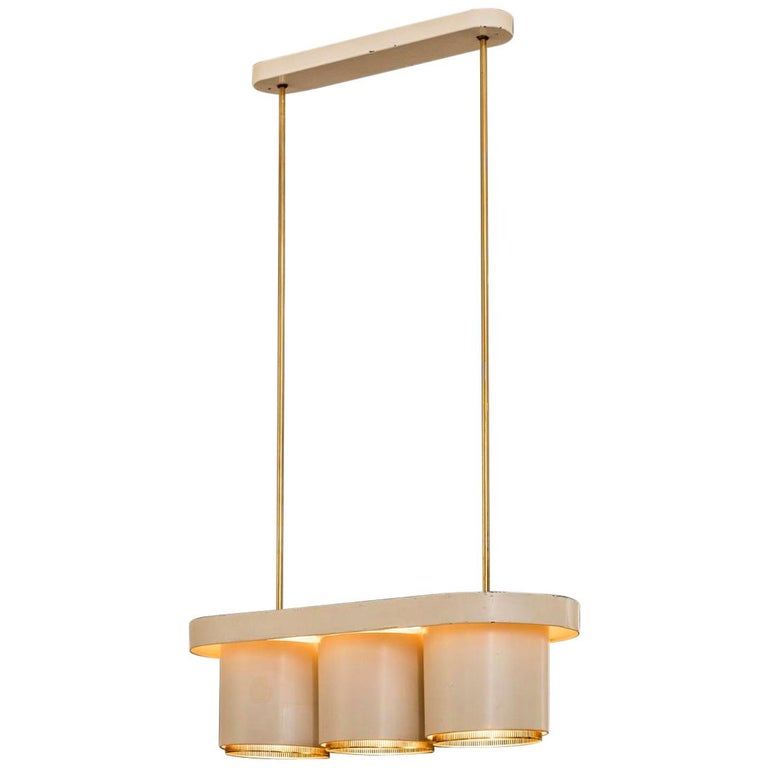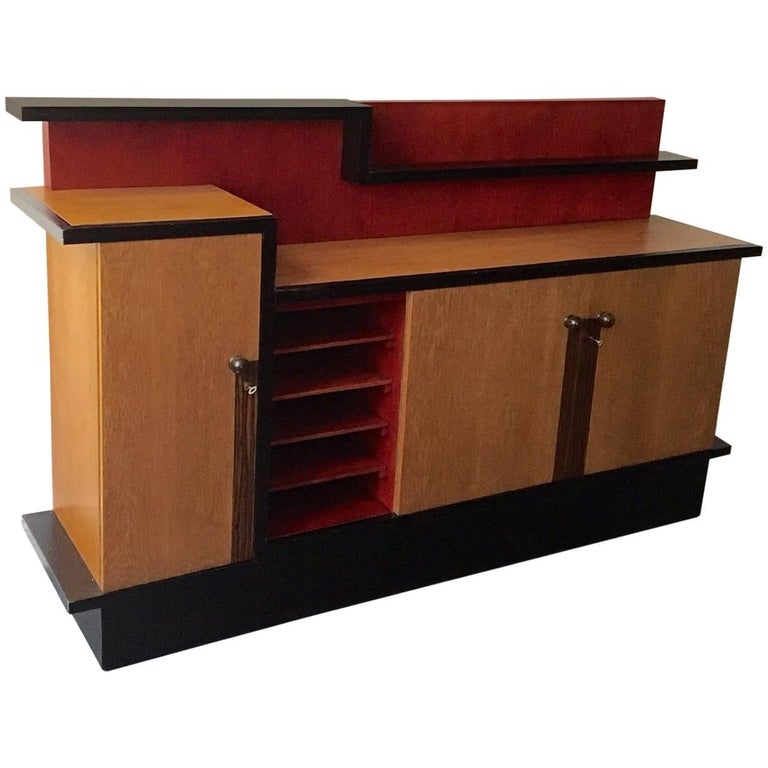November 17, 2024“I treat every project as though it were my own home,” says interior designer Armando Aguirre. That’s good news for his clients, because his homes have been knockouts.
In both the apartment he lived in on New York’s Upper West Side until 2020 and his current downtown abode, he assembled smart but unpretentious mixes of new and vintage furniture, with carefully chosen accessories, all in a soothing range of warm earth tones and mossy greens.
“It’s a palette that I find comfortable and timeless,” the 34-year-old Aguirre says. “I would rather have the excitement come from the relationships between interestingly proportioned pieces than from bright colors that beat you over the head.”
He applied that philosophy to stunning effect in this recently completed Greenwich Village apartment, his first commission after establishing Studio Armando Aguirre, in 2023. For the clients, a couple in their early 30s whom he describes as “cool art collectors and appreciators of design,” it was also a first: the first home they had ever owned.

The budget for the job was ample but not exorbitant. Still, as with his own apartments, he says, “I’d be proud to show it to a client with ten times as much money to spend.”
That’s because what makes his interiors special isn’t the provenance of any one piece but the room arrangements he creates from multiple periods and styles. His approach, which produces environments that he calls “carefully considered but not precious,” seems to be working. After just 18 months in business, he has all the projects he could hope for.
What he doesn’t have is employees. Aguirre works alone, handling not just the creative aspects of design but all the logistics. So far, he likes it that way. “If a client asks when a certain piece is arriving, I don’t have to turn to someone. I already know the answer,” says Aguirre, adding, “I’m proud to be a one-man show.”


For this apartment, located on lower Fifth Avenue and filled with many 1stDibs finds, Aguirre started — as he usually does — with a furniture plan. That’s his way of making sure he’s using every square inch wisely.
His scheme for the living room called for an L-shaped sectional sofa forming two sides of a cozy seating area. The clients thought a straight sofa might be better. Aguirre took their opinion seriously, but he also shared his thinking. “The goal,” he says, “is to expose people to possibilities that they might not have thought of themselves.”
In this case, he explained the advantages of the sectional: Inside the L, there would be a compact furniture grouping; outside, there would be a clear path to the dining area. Now that the apartment is done, he says, “I think they’re happy with the sectional, which not only delineates the space but can seat a lot of people.”

Dark piping provides eye-catching contrast on the cream-colored Charles Pfister sofa. For a similar effect, Aguirre redid the pair of John Hutton club chairs — covered in white vinyl when he bought them — with two Rogers & Goffigon fabrics: a blue cotton velvet for the arms and a wool woven with a geometric pattern for the seats and backs. The 1970s Italian lamp base, a simple slab of travertine, is from 1stDibs. An Isamu Noguchi Akari floor lamp, says Aguirre, “elevates any room.” He positioned one as if placing a sculpture in an otherwise empty corner.
Dieter Rams nesting tables next to the sofa are as light as the coffee table is heavy. “It’s just a plinth of ebonized wood,” Aguirre says of the latter. “I love the idea of the clients putting their feet up on it.”
The dining area is a continuation of the living room, physically and tonally. A cushioned window seat and a vintage rosewood credenza from Brazil help define it. The dining table is vintage Gilbert Rohde, the extra thickness of its top signaling solidity. The chairs are 1940s American, “the same period as the dining table but not Rohde,” Aguirre says. The 1960s Italian Studio BBPR stools are covered in a Maharam alpaca and easily moved from room to room.

“I’m trying to design rooms that are relevant to how the clients live and how they entertain,” says Aguirre, explaining that the couple wanted to be able to host large gatherings but still feel comfortable when just the two of them were at home.
To that end, he selected a dining table that can seat 10 people and a sectional couch that can accommodate nearly as many. The den, meanwhile, features a trundle bed, hidden under the custom sofa, for overnight guests; the room’s Charles and ray Eames lounge chair provides plenty of comfort during waking hours.
The kitchen, too, is cozy, equipped for preparing a feast for a weekend crowd or for simply dining en famille on weeknights. A trio of stools, which the designer had upholstered in what he calls “a luxurious fabric-and-leather combination,” tuck nicely under the mahogany-paneled island.
The primary bedroom is appropriately restful. Aguirre had the upholstered headboard custom-made. The bedside tables are 1930s Spanish, and the table lamps are 1940s Swedish, an international pairing facilitated by 1stDibs. Roman shades are made of a super-sheer linen that doesn’t obscure the traditional eight-over-eight windows, which make the place feel homey. “The apartment is on a high enough floor that privacy is not an issue,” Aguirre says. “The shades are just a gesture.”

Aguirre grew up in El Paso, Texas. At Southern Methodist University, in Dallas, he majored in music composition and dreamed of becoming a film composer. But after moving to New York, in 2013, he landed an internship with the fashion designer Thom Browne. During that stint, he got to know the work of Andre Mellone, whose Studio Mellone designed a number of Thom Browne boutiques. Aguirre began to feel the pull of interior design.
He worked for several small residential firms and then, in 2020, landed his dream job: head of interiors for Mellone. His projects there included homes in a range of styles and two Rockefeller Center lobbies. He left in 2023 to open his own office.

These days, he is working on apartments in Brooklyn; in Manhattan he is doing what he calls “a true Tribeca loft,” as well as a unit in the fabled Rockefeller apartments, just north of the Museum of Modern Art. He’s also designing an apartment for a family in Los Angeles, which requires him to fly to the West Coast from time to time.
Since he works alone, he tells vendors he may be hard to reach for a few days. Clients, however, can always get him on the phone. “After my family,” he says, “my clients are the people I’m in touch with the most.”
Aguirre loves residential work, but he hopes to diversify his practice in the not-too-distant future, adding hospitality and commercial projects.
While he admits he “would need to hire people for those jobs,” he says that for now, “as long as I continue to stay organized, I can keep being the person who does everything.”
That role can be stressful, but he doesn’t mind. “I’m not jaded,” Aguirre says. “I’m still very enthusiastic about every job, and I think my clients sense that.”

